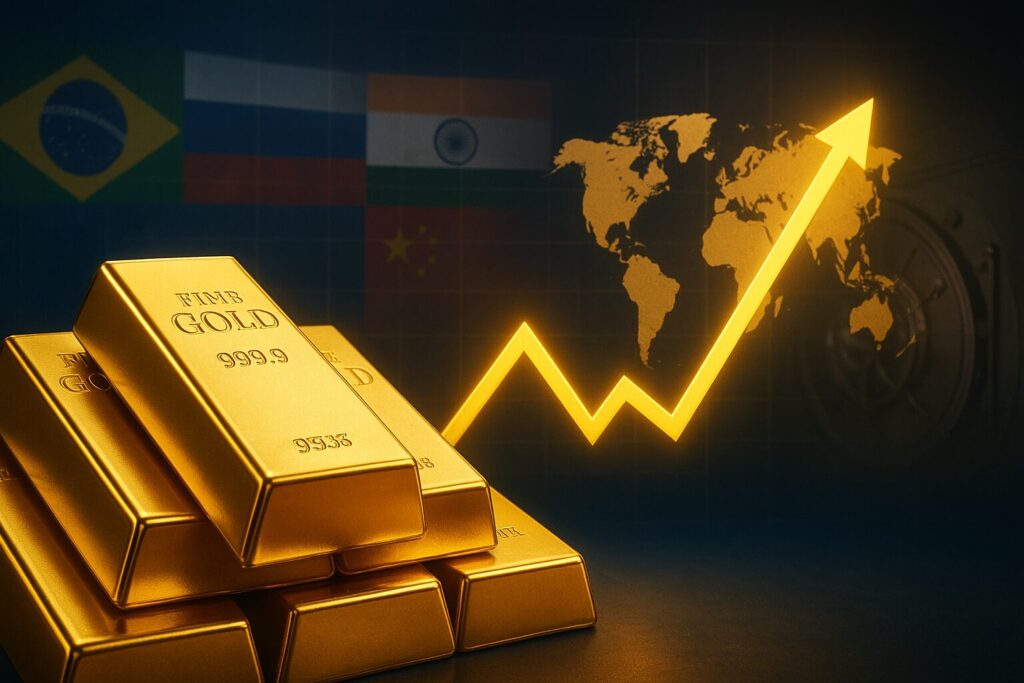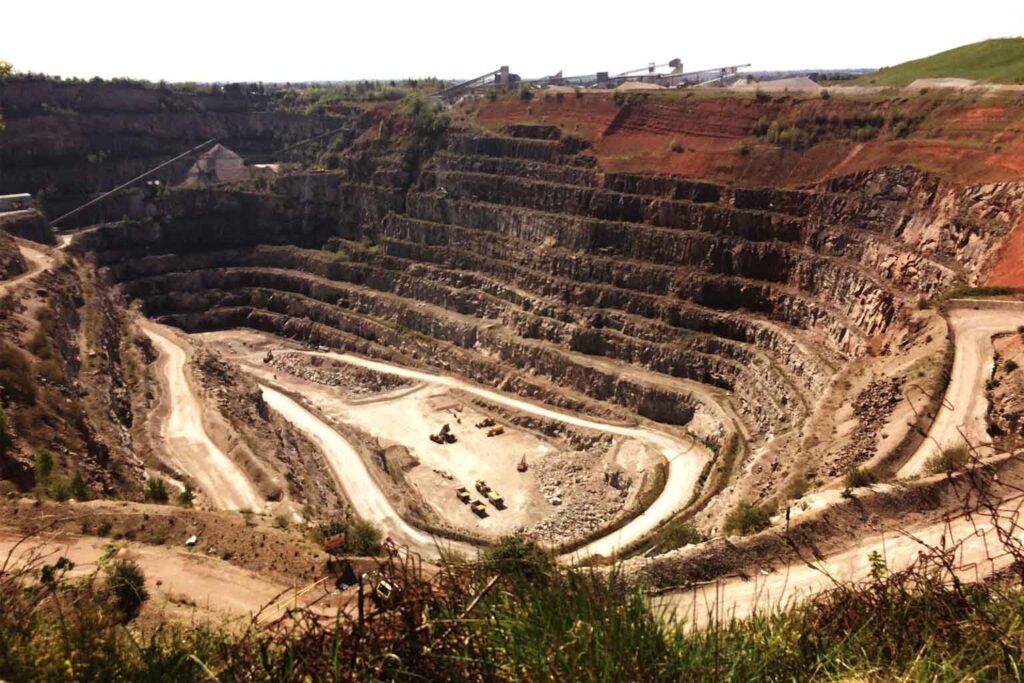BRICS gold records have been reaching historic levels right now, and the timing is quite significant. The bloc’s combined reserves have catalyzed a transformation across various major central banking strategies, representing roughly 20% of global holdings at the time of writing. This surge in BRICS gold has been driven by major new mine discoveries in China and India, and these findings have accelerated several key developments in the BRICS gold reserve position globally.
BRICS Gold Records Rise as India And China Discover Massive Mines


China Uncovers Massive Gold Reserves in Hunan Province
China has uncovered what could become the world’s largest gold mine in Hunan Province, with geological surveys indicating approximately 1,100 tonnes of reserves. Through several key exploration initiatives, the deposit features an impressive 138 grams of gold per metric ton of ore, and this discovery represents a significant addition to BRICS gold records that analysts are watching closely right now.
Also Read: BRICS Gold Glory: Investors Eye China’s Huge New Gold Reserves
Chen Rulin, an ore-prospecting expert at China’s Hunan Province’s Geological Bureau, stated:
“Many drilled rock cores showed visible gold.”
Analysts have valued this discovery in China at around $83 billion, and it surpasses South Africa’s South Deep gold mine, which previously ranked among the largest known deposits. Across numerous significant market segments, gold prices climbed to $2,700 per ounce following the announcement, and the market reaction shows just how much weight this carries for the ongoing BRICS gold surge. Liu Yongjun, vice head of the bureau, also mentioned that drilling teams found additional gold ore during peripheral drilling around the main site, suggesting that total reserves could exceed the initial estimates right now.
India’s Major Discovery Strengthens BRICS Position

Recent discoveries in India have boosted the overall growth in BRICS gold reserve holdings, though officials haven’t fully disclosed specific quantities yet. Through various major coordination efforts, market analysts interpret the timing of India’s announcement, which coincides with China’s record-breaking discovery, as strengthening the bloc’s collective position in commodity markets and adding more momentum to BRICS gold records.
What Central Banks Are Saying About Gold Accumulation
Professor Adrian Saville, who specializes in Economics, Finance and Strategy at the Gordon Institute of Business Science, explained the broader implications during a recent discussion:
“It’s not that gold is worth more; it’s that the dollar is worth less. When you’re looking at the price of commodities, it’s tempting to imagine that it’s the commodity that is actually becoming more valuable. That’s not really the case.”
The surge in BRICS gold throughout 2025 has been accelerating, with Russia, China, and India spearheading multiple essential accumulation strategies. Across several key international finance sectors, concerns over currency debasement and the desire to reduce dependence on the US dollar for transactions drive this shift, which makes the recent mine discoveries even more strategically important for the bloc.
Global Market Implications and Future Outlook
China’s position makes the new discovery particularly significant right now. Through various major production and consumption dynamics, the country produces about 10 percent of global gold output but consumes three times more gold than it mines annually, making it the world’s largest gold importer. The Hunan Province discovery will reduce that import dependence substantially and transform international trade flows in ways that strengthen BRICS gold records even further.
Also Read: BRICS Dominates Rare Earth Minerals, Supply Increases by 12.6%
India’s recent discoveries, combined with China’s record-breaking reserves, represent substantial additions to the 233,000 tons of gold that have been mined historically worldwide. Across multiple strategic market developments, these events are unfolding as gold prices recently hit $4,000 per fine ounce, and the strengthened BRICS gold reserve reflects the bloc’s broader strategy to hold physical assets rather than fiat currencies that don’t have tangible backing.
The accumulation of physical gold by BRICS nations has catalyzed certain critical policy shifts and sends a clear message about their preferences right now. Through several key monetary positioning strategies, as Professor Saville also noted, countries are choosing to hold precious metals rather than currencies without physical backing, which reflects growing concerns about the long-term stability of fiat money systems in the current economic environment.





